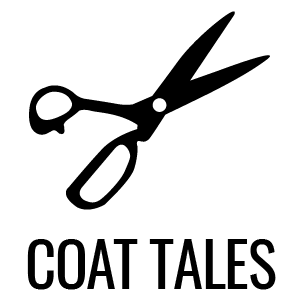Born in Carlton, Melbourne, in 1902 and dying in Brisbane in 1972, the Queensland shirtmaker Harry Guinsberg (discussed in this earlier post) operated his shirt factory at 82 Brunswick St, Fortitude Valley, for decades.
Guinsberg kept his operation afloat in spite of regular appearances in court and the press in the 1940s due to his spectacular betting at the races. He also persisted in spite of the prosecution and gaoling of his older brother Israel for holding stolen rolls of black serge and clan tartan on his behalf shortly after the war.
In an interview with writer Matthew Condon, veteran Brisbane police reporter Ken Blanch recalled that Guinsberg used to supply nylon shirts to his friend Frank Bischof, the flashily-dressed detective who later became a spectacularly corrupt Queensland Commissioner of Police, in what was likely the late ’50s and early ’60s.
Bischof would give the shirts to juvenile delinquents as encouragement to start afresh. Nylon was considered an innovation at the time, Blanch said, but in his opinion the shirts were ‘bloody awful’ all the same.
I don’t know what the shirts that Guinsberg gave Bischof looked like, but Queensland Museum holds a number of unsold Guinsberg shirts probably dating from the early 1960s. These shirts sat for decades in the stockroom of A.S.Mellick’s, a clothing store run by a prominent Lebanese Queensland family in Innisfail. When the Mellick’s shop in this far north Queensland town shut down in the early 1990s, the Museum acquired some of its ageing deadstock.
Guinsberg’s shirts were made of what appears to have been a kind of cream-coloured nylon milanese, once probably off-white but now as spotted and yellowed with age as an elderly pair of hands:

Milanese knit fabrics are scarcely available today because they are more expensive to produce than other warp knits. Even in the middling decades of the 1900s, fabrics made on milanese knitting machines were usually only used for women’s lingerie, tending toward the sheer and yet still durable.
Guinsberg’s milanese shirts look as they it were intended as a strange kind of male lingerie. Long-sleeved, with three buttons at the front and sharp-pointed collars, the yellowing fabric with its delicate ribbing is so fine as to be semi-translucent – surely nipples and chest hair showed when it was worn?
The semi-translucency may explain why these shirts were still unsold decades after the Mellicks acquired them. It does not explain which shirts Bischof used to encourage Brisbane’s youthful offenders to turn over a new leaf, however – nor why Guinsberg was successful enough in his heyday to make extravagant bets at the races and swank about town in gleaming Packard car and diamond ring.
References
Birth and death details about Guinsberg sources from Ancestry.com.
Matthew Condon, Little Fish Are Sweet (Brisbane: University of Queensland Press, 2016), 49.
‘Queensland Racing Man Must Keep Ring He Paid £1400 For’, Truth (Brisbane), 9 July 1944, 23.
‘Guinsberg’s £1000 Car Burned’, Truth (Brisbane), 24 November 1946, 15.
